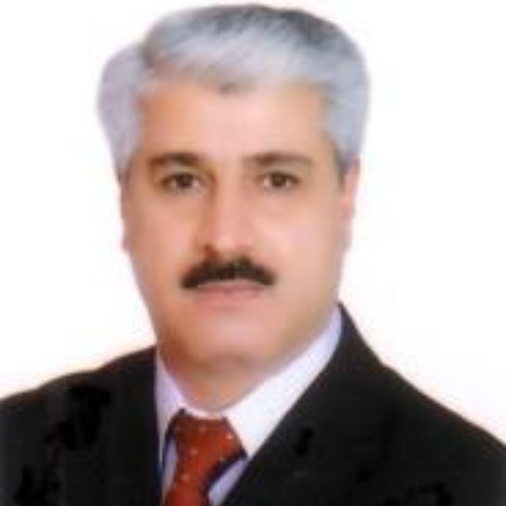
Abdulkareem S. Abdullah
Work place: Dept. of Electrical Engineering, College of Engineering, University of Basrah, Basrah 61004, Iraq
E-mail: drasabdallah@ieee.org
Website:
Research Interests: Computational Physics, Physics
Biography
Abdulkareem S. Abdullah received the B.Sc. degree in Electrical Engineering from
College of Engineering, University of Basrah, in 1980. He received the M.Sc. degree in
Communication Engineering from College of Engineering, University of Basrah, in 1985.
He joined the Department of Electrical Engineering, College of Engineering, University of
Basrah in 1986 as an assistant lecturer, and later as a lecturer at the same department where
he taught several theoretical and practical courses. He received his Ph.D. degree in
Electromagnetic Fields and Microwaves Technology from “Beijing University of Posts and
Telecommunications (BUPT)”, Beijing, China in 2004. He also received a Post-doctor
degree in Telecommunications Engineering from "Beijing Institute of Technology", China in 2008. His research interest includes Antenna Design and Analysis, Smart Antennas, Microwaves Technology, Indoor and Outdoor Radio Waves Propagation. He is currently working as an associate professor at the Department of Electrical Engineering, College of Engineering, University of Basrah.
Author Articles
A Novel Design of Patch Antenna Loaded with Complementary Split-Ring Resonator and L- Shape Slot for (WiMAX/WLAN) Applications
By Ali A. Saleh Abdulkareem S. Abdullah
DOI: https://doi.org/10.5815/ijwmt.2014.03.02, Pub. Date: 1 Oct. 2014
In this paper, a novel compact dual-band complementary split ring resonator (CSRR)-loaded microstrip patch antenna placed on ground plane loaded with L-shape slot is proposed for satisfying WLAN and WiMAX applications simultaneously. The proposed antenna consists of a complementary split ring resonator (CSRR) embedded on the patch structure and an L-shape slot on the ground plane. The resonant frequency and effective parameters of the CSRR are also determined. In addition, a design evolution and various parametric analysis of the antenna are carried out in order to study the effects of various parameters and to provide information for designing, modifying, and optimizing such an antenna. The CSRR is exploited to create resonance at 5.775 GHz while the L-shape slot resonates at 3.550GHz for dual-band operation. The -10dB return loss bandwidths of the antenna are 290 MHz (3.40-3.69) GHz and 210MHz (5.65-5.86) GHz, which cover both the WiMAX frequency band (3.4-3.69) GHz and the WLAN frequency band (5.725-5.825) GHz. The overall size of the antenna is 37mm×25mm×1.6mm. Gains of 0.5dB and 2 dB are obtained at 3.550 GHz and 5.775 GHz, respectively.
[...] Read more.Other Articles
Subscribe to receive issue release notifications and newsletters from MECS Press journals